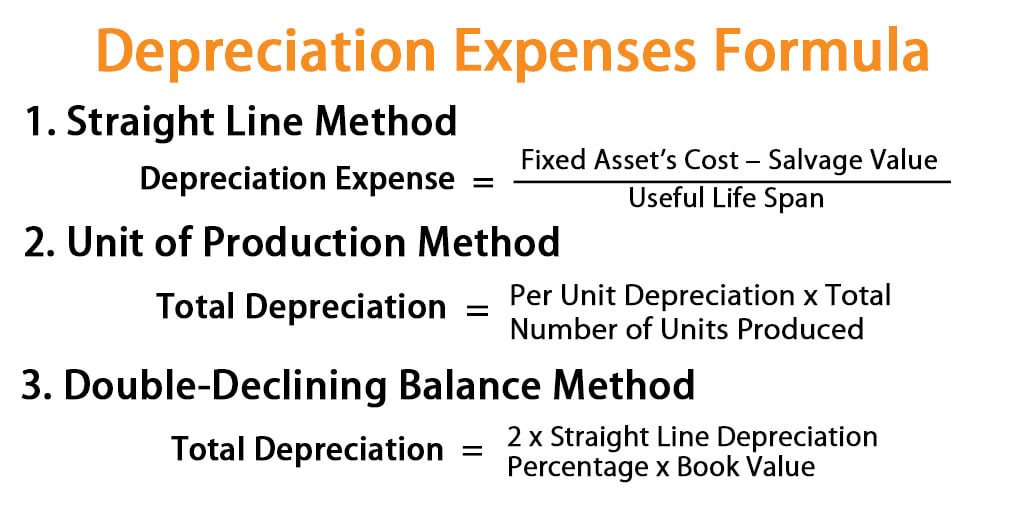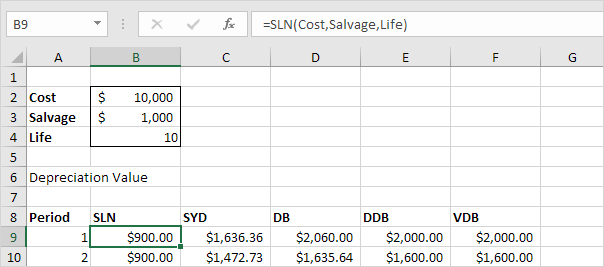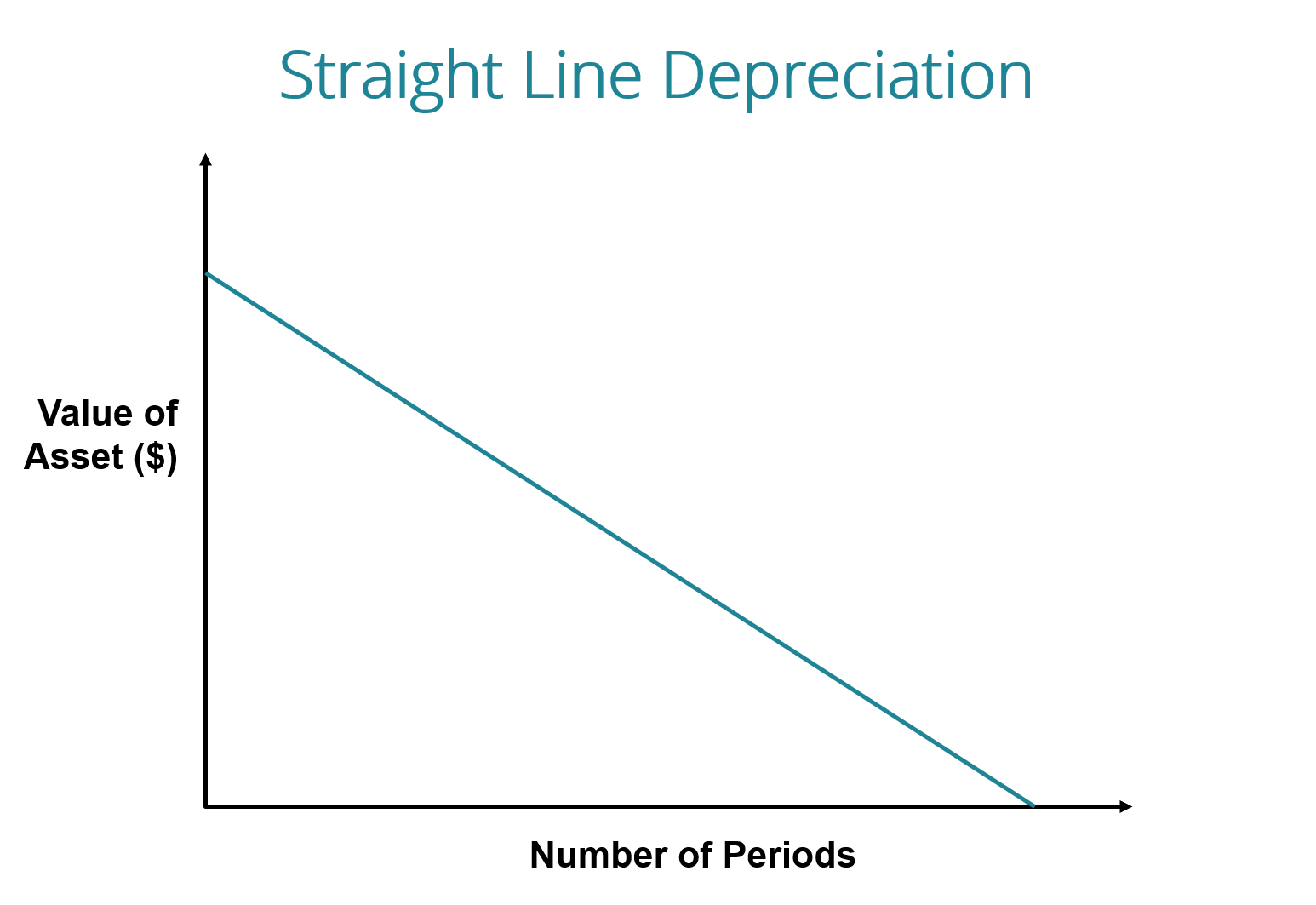The statistical straight line method is a mathematical technique used to analyze data and make predictions about the relationship between two variables. This method is based on the assumption that there is a linear relationship between the variables, which means that the change in one variable is directly proportional to the change in the other.
To use the statistical straight line method, we first need to collect data on both variables. For example, let's say we are interested in studying the relationship between the amount of time a student spends studying and their final exam score. We might collect data on the amount of time each student spends studying (the independent variable) and their final exam score (the dependent variable).
Once we have collected our data, we can use the statistical straight line method to determine the equation of the line that best fits the data. This equation is known as the regression line, and it is used to make predictions about the relationship between the two variables.
The formula for the statistical straight line method is:
y = mx + b
where:
y is the dependent variable (in our example, the final exam score)
x is the independent variable (in our example, the amount of time spent studying)
m is the slope of the regression line (a measure of how much the dependent variable changes as the independent variable changes)
b is the y-intercept (the point where the regression line crosses the y-axis)
To calculate the values of m and b, we use the following formulas:
m = Σ(x - x̄)(y - ȳ) / Σ(x - x̄)^2
b = ȳ - mx̄
where:
x̄ is the mean of the independent variable (the average of all the x values)
ȳ is the mean of the dependent variable (the average of all the y values)
Σ is the sum symbol (it stands for the sum of all the values in a set)
Once we have calculated the values of m and b, we can plug them into the equation of the statistical straight line method to find the regression line. For example, let's say we have calculated m = 0.5 and b = 60. This means that the equation of our regression line is:
y = 0.5x + 60
We can use this equation to make predictions about the relationship between the amount of time a student spends studying and their final exam score. For example, if a student spends 20 hours studying, we can predict their final exam score by plugging 20 into the equation as the value of x:
y = 0.5(20) + 60 = 10 + 60 = 70
This means that we predict that the student will score a 70 on their final exam if they spend 20 hours studying.
In conclusion, the statistical straight line method is a useful tool for analyzing data and making predictions about the relationship between two variables. It is based on the assumption of a linear relationship, and it uses the equation of the regression line to make these predictions. By collecting data, calculating the values of m and b, and plugging them into the equation of the statistical straight line method, we can make informed predictions about the relationship between two variables.








